Great Things Come in Innovative Packages
Packaging has become more than just a shipping and fulfillment process. Although packaging in e-commerce emerged out of the necessity for protecting the product, it now delivers a complete brand experience extending beyond the product itself.
Advancements and innovations in packaging have revitalized the shopping experience for the customer – taking it from an ordinary encounter with the product to an overall extraordinary experience. Inventive packaging reintroduces curiosity into the shopping experience. We took a deep dive into how specific brands have provoked creative thinking.
Innovation in Food Packaging
We have seen countless trends emerge in food packaging: edible packaging, micro packaging, smart packaging, anti-microbial packaging, water soluble packaging, self-cooling and self-heating packaging, compostable and biodegradable packaging and many more.
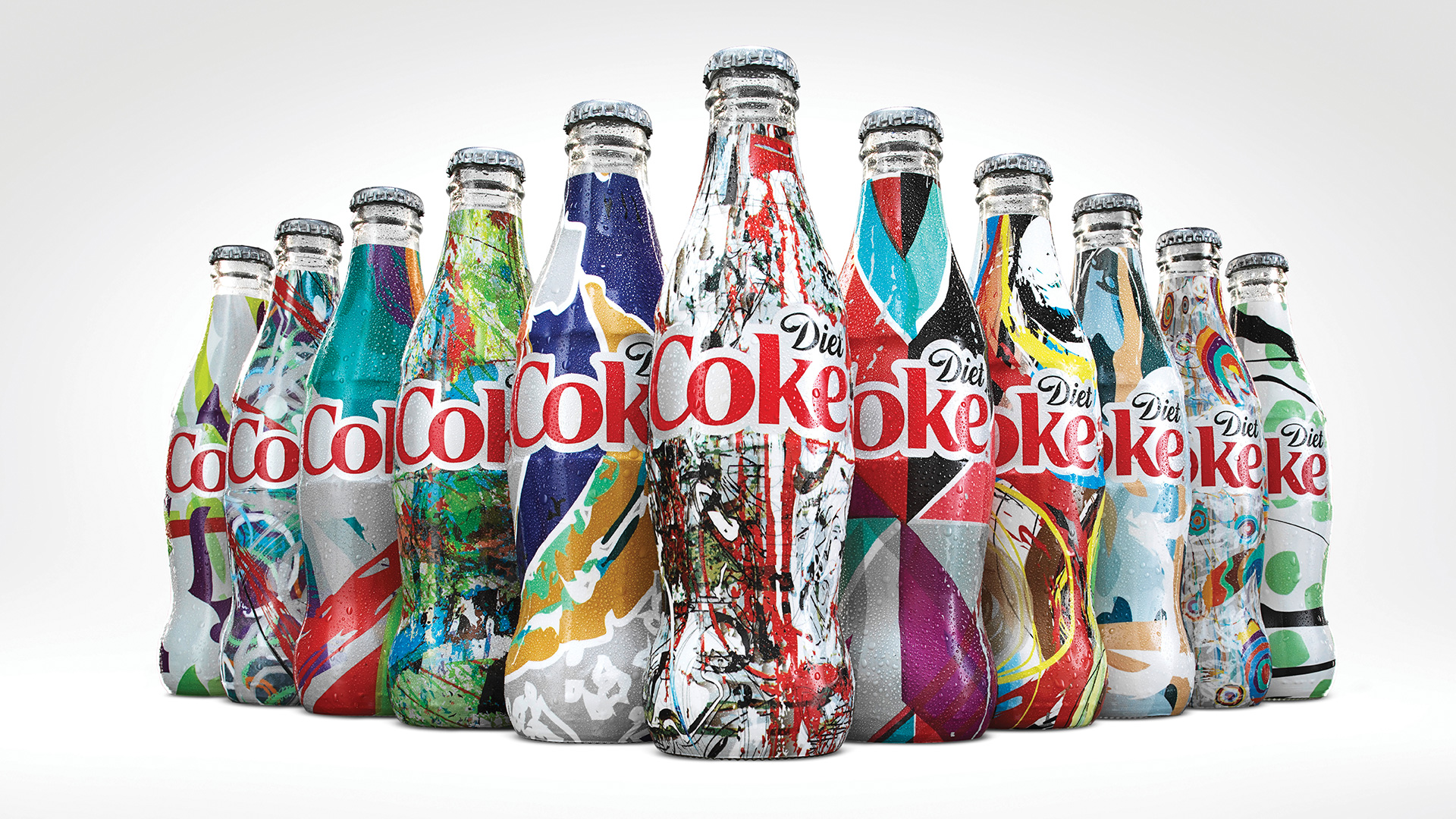
FEBRUARY 2016: In a campaign themed, “It’s Mine,” Diet Coke leveraged HP Indigo digital printing technology to create millions of completely unique labels. This partnership between Coca-Cola and HP reinvented traditional packaging because with each exclusive distributed bottle, fans “owned a piece of the brand no one else in the world owns,” state Kate Santore, senior manager of integrated marketing communications, Coca-Cola North America.
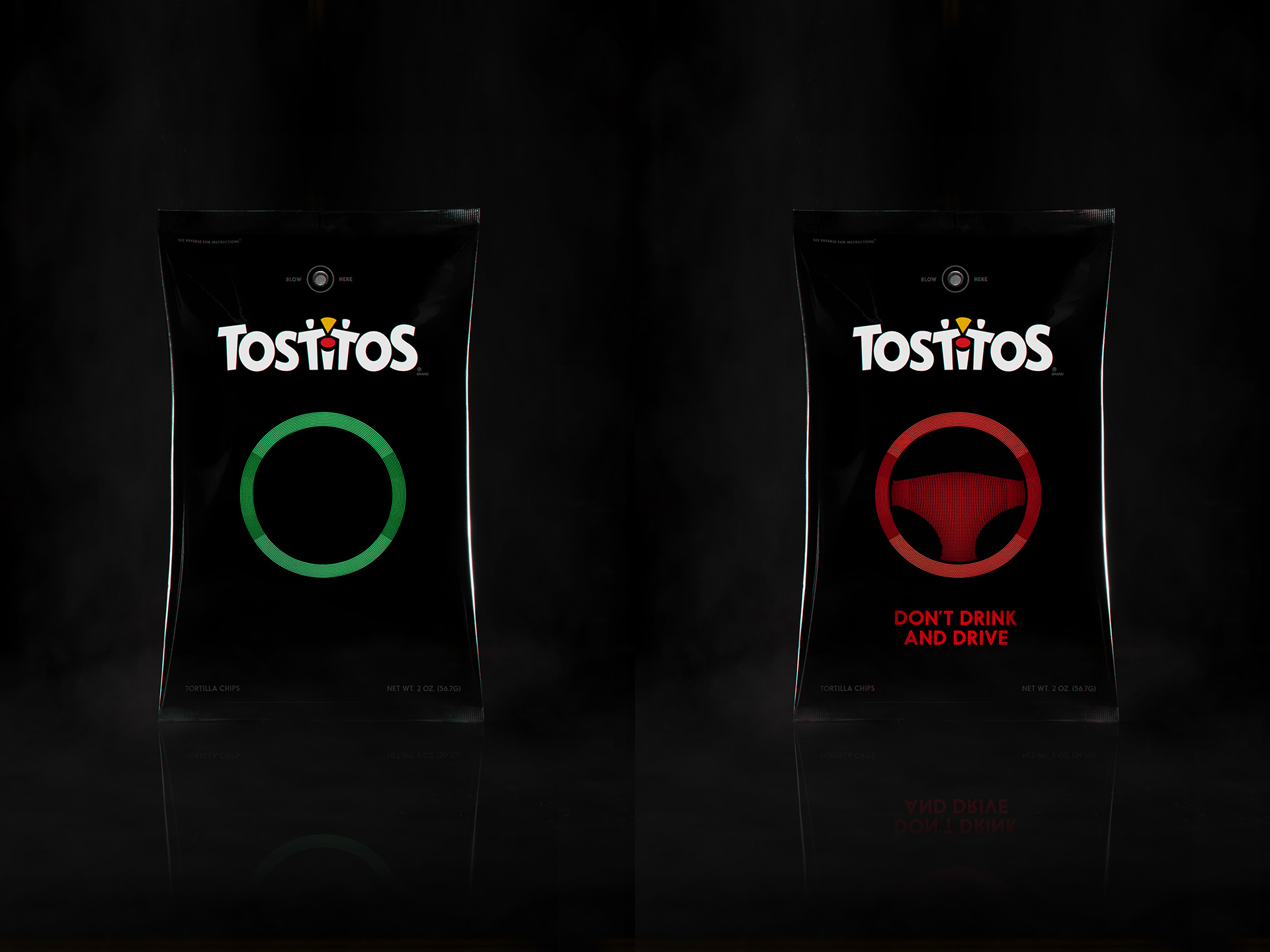
JANUARY 2017: Frito-Lay distributed Tostitos bags equipped with a sensor connected to a microcontroller calibrated to detect small traces of alcohol on a person’s breath. If alcohol was detected, the sensor turned red and formed the image of a steering wheel, along with an Uber code and a “Don’t drink and drive” message made possible by near-field communication (NFC) technology also incorporated into the bag. This “smart packaging” became dubbed as the Party Safe bag made Tostitos your friend who got you home from the big game safe and sound.
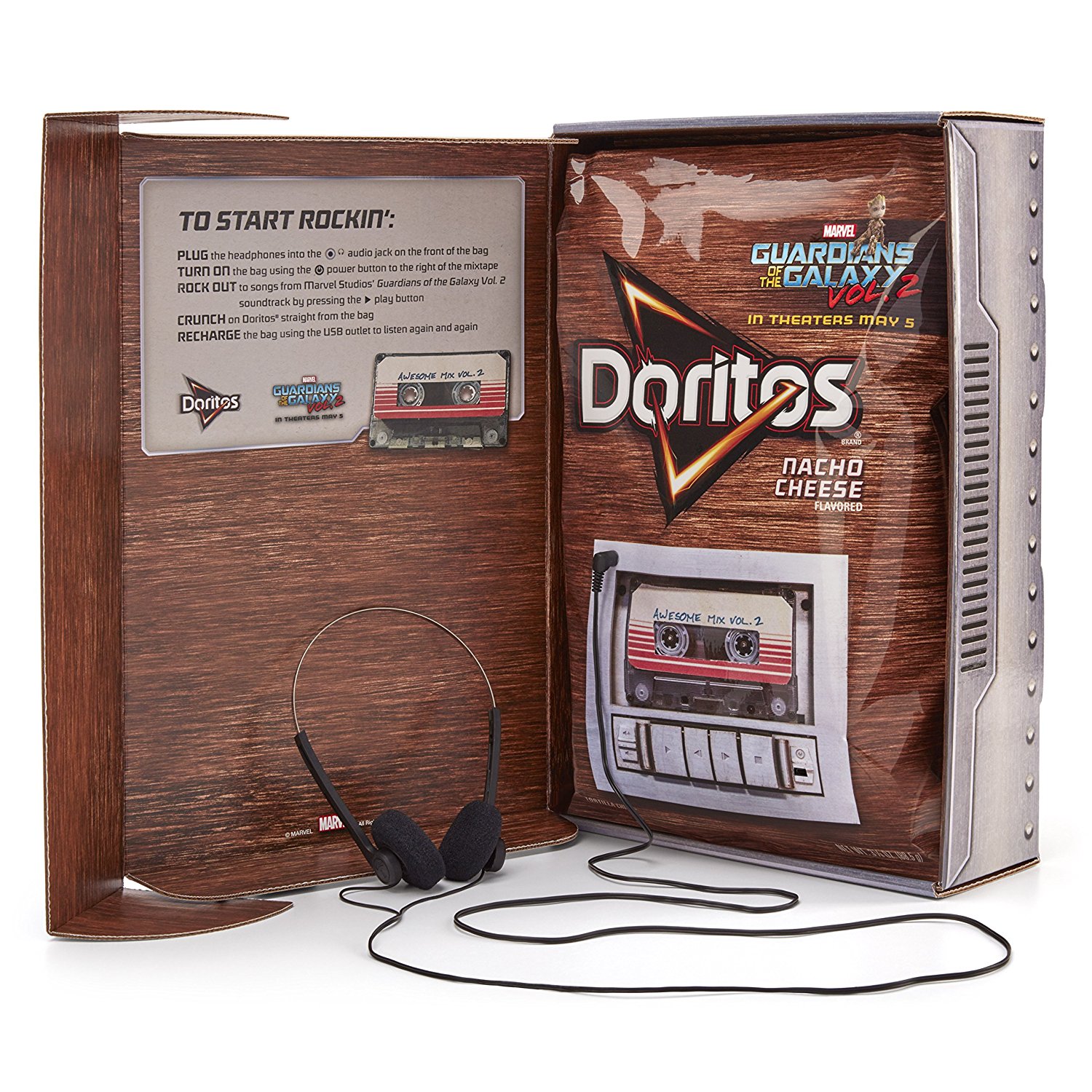
APRIL 2017: Doritos played an important role in the release of Marvel film’s soundtrack to the Guardians of the Galaxy, Vol. 2. The album was literally built into the Doritos bag as full cassette player will all of the necessary functions – headphone jack, play/stop buttons, rewind, fast-forward, volume and a mini-USB port to recharge. This collaboration between Frito-Lay and Marvel Studio showcases brand synergy and the trend away from the conventional packaging format.
Innovation in Product Packaging
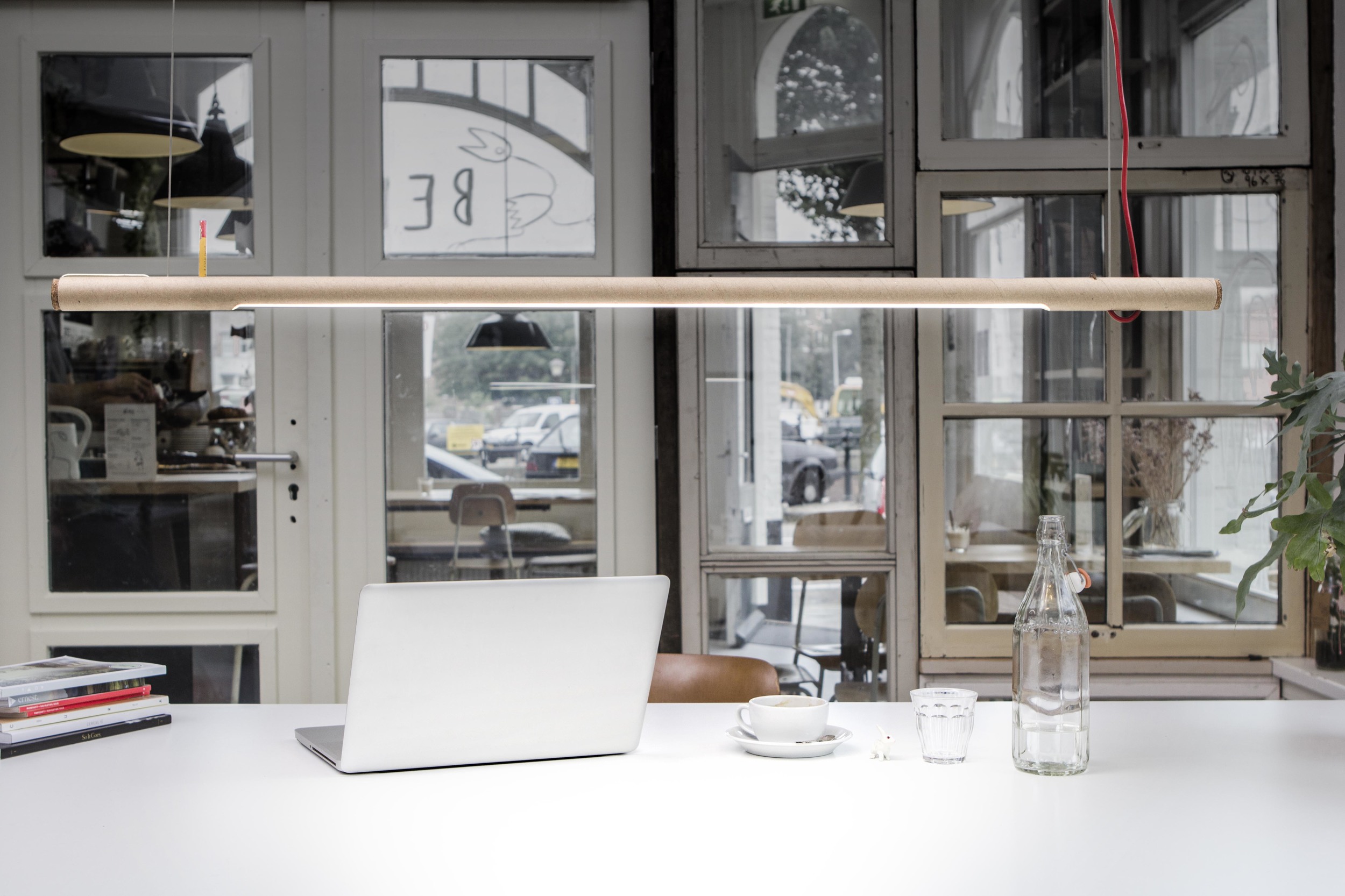
JUNE 2016: The R16, by the Dutch design studio Waarmakers, is an LED light fixture that is built from its own packaging. The minds behind this design recognize the cardboard as underrated material, and through laser cuts, the integrity of the material is preserved and its potential is maximized. “Everything is designed to use as little material as possible. So instead of using more material, or extra components to fix the lamp in place, we made a list of what every possible user would have in their homes that could possibly do the trick,” says founding partner Maarten Heijltjes.
APRIL 2017: At Milan Design Week, the Lexus Design Award was awarded to Japanese designers Kosuke Araki, Noriaki Maetani and Akira Muraoka for their AGAR PLASTICITY project. The ongoing marine research project explores the usefulness of agar – often used for making sweets – as one of alternatives to synthetic plastics as it aims to address one of the biggest pollution problems our world is currently facing.
Innovation in Retail Packaging
Augmented Reality (AR) is one of the most exciting emerging technologies in intelligent packaging and is opening a world of possibilities for brands to drive immersive consumer interaction with their products.
NOVEMBER 2011: Starbucks launched its first augmented reality app which let customers animate their coffee cups with their smartphones by making holiday characters on Starbucks packaging come to life. The characters danced, played in the snow, and sang carols in a three-dimensional space and tapping the characters resulted in more unexpected holiday fun. This implementation of AR resulted in 300,000 app downloads and 250 million earned impressions for Starbucks.
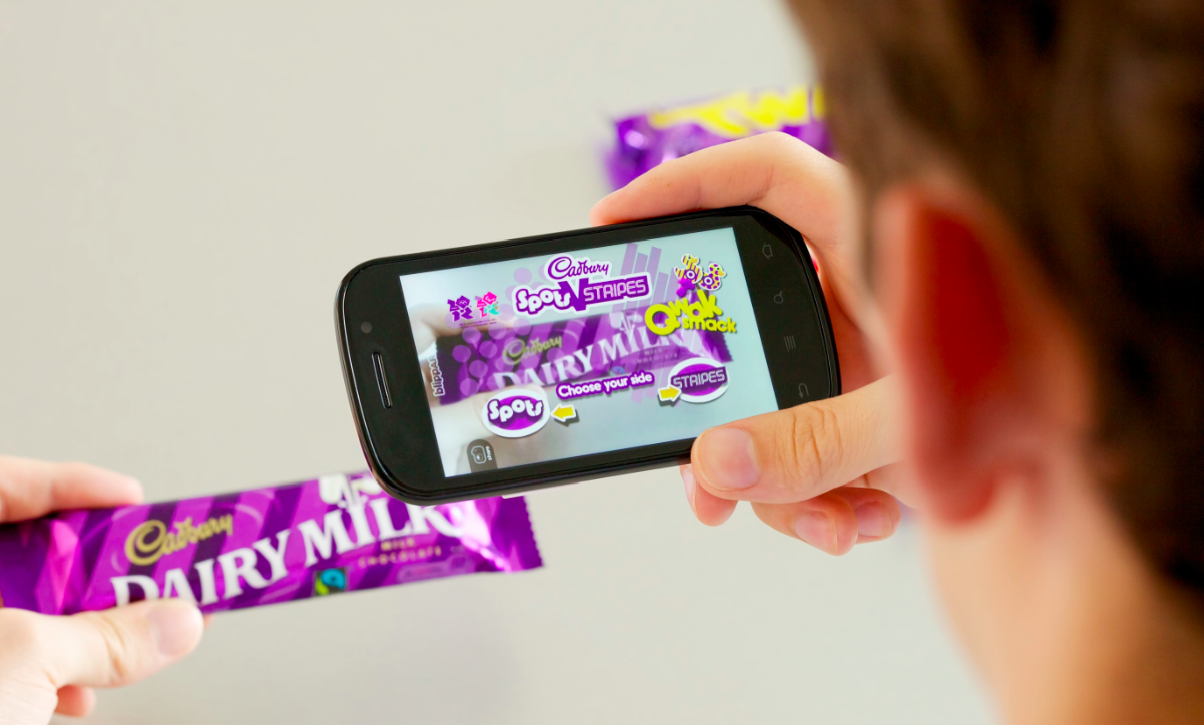
AUGUST 2011: Blippar – a free smart phone app that converts real world images and products into virtual experiences – allowed Cadbury to create an augmented reality game that any smart phone user could play using its product. The app used the smart phone camera lens to recognize compatible images using “markers.” Once the image was recognized it triggered a pre-programmed response, bringing Cadbury packaging to life where consumers could enjoy a gaming experience while using its product packaging.
FEBRUARY 2016 – OCTOBER 2017: In February 2016, Snapchat released an update to its mobile app with a set of seven animated special effects for the selfie mode called “Lens.” Snapchat undoubtedly pioneered AR in the social media space by using facial recognition software which made the popular flower crown and dog selfie filters possible. Snapchat continues to implement new implementations of AR within its app, including the recent debut of animated 3D Bitmoji, the addition of World Lenses earlier this year and the ability to add 3D animated objects to your Snapchat messages. Snapchat also plans to launch a new AR art platform featuring pop artist Jeff Koons and others.
Potential applications for AR in packaging continues to grow, but Snapchat is a prime example of how packaging can influence technology in other areas and industries.
Be Innovative…
Adding innovative features, technology, and alternative materials to packaging can create a highly memorable and immersive user experience for customers. First impressions are formed in milliseconds; they are quick to form and most often slow to change. A well-branded packaging experience makes for a great first impression; thus, raising expectations for what is inside. These expectations influence how the customer perceives the product itself and ultimately results in a better customer experience. What does your packaging say about your brand?